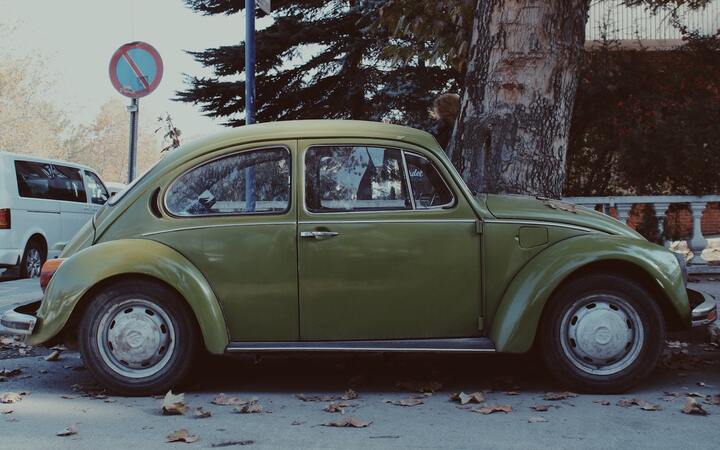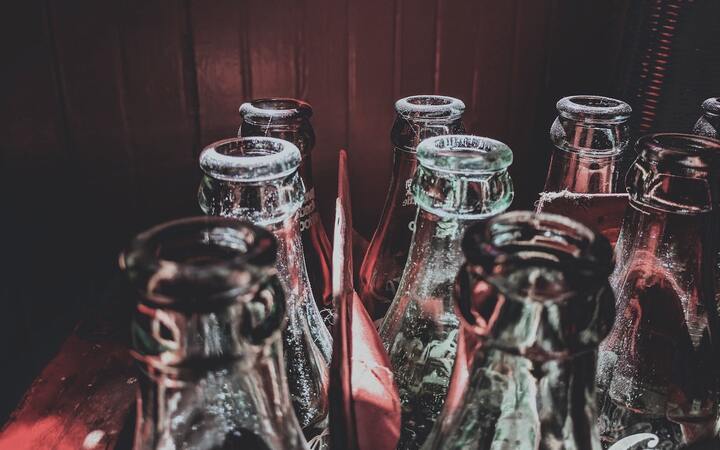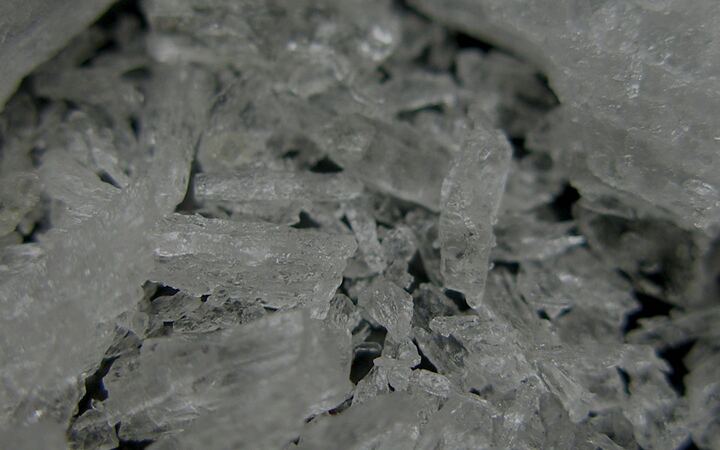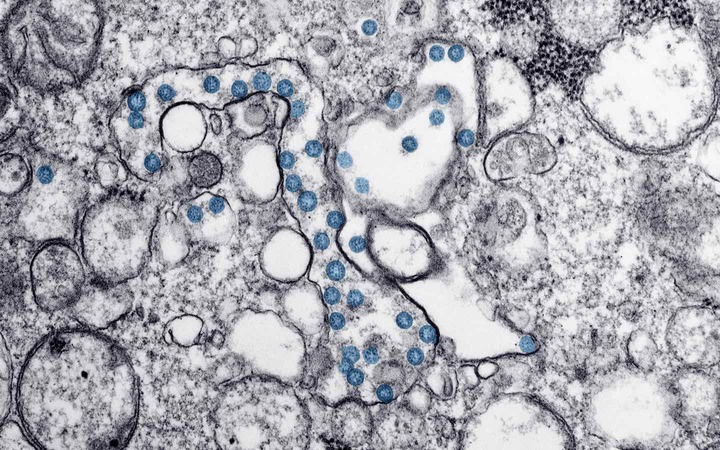On July 14, two different arms of the WHO released their findings on aspartame. One designated it “possibly carcinogenic to humans”, while the other concluded that “dietary exposure to aspartame does not pose a health concern”. The FDA took the unusual step of issuing a statement saying that it disagreed with the first group.
This might look like a huge controversy. But the territory under dispute is smaller than it might seem.
Here’s a range of different positions:
-
Aspartame at recommended levels causes cancer. People die from this.
-
Aspartame at above-recommended levels causes cancer. People die from this.
-
Aspartame at above-recommended levels causes cancer, but we don’t know if the effect is large enough to matter.
-
It is possible that aspartame might hypothetically be capable of causing cancer in some circumstances. We don’t know if this is real or significant, but it merits further research.
-
Aspartame is so safe that it’s dumb to talk about it.
Position 1 would place aspartame in the same category as alcohol. No one claims #1. No one claims #2. No one claims #3. The scope of debate is somewhere between #4 and #5.
Things everyone agrees on
Agreement 1: There is no plausible biological mechanism for aspartame to cause cancer.
After you consume aspartame, it’s fully broken down in your guts into phenylalanine, aspartic acid, and methanol. No aspartame touches any other part of your body, and these three metabolites are present in much larger amounts in normal food. Even the maximum recommended level of ~10 Diet Cokes per day produces only trivial fluctuations in the plasma concentrations of these metabolites.
Here’s a quote from the group that classified aspartame as “possibly carcinogenic”:
Available information indicates that the metabolism of aspartame is similar in humans and experimental systems; aspartame is hydrolysed to aspartic acid, to the essential amino acid phenylalanine, and to methanol.
So far as we know, aspartame simply can’t affect any part of the body outside the GI tract.
Agreement 2: Aspartame has no known cancer risk.
How did we end up with two different WHO groups seeming to release contradictory conclusions on the same day? The WHO thought you might wonder about that, so they released a statement that manages to make it sound sort of logical.
The International Agency for Research on Cancer (IARC) focuses on hazard identification. Their job is to classify stuff according to if a substance has the potential to cause cancer.
The Joint FAO/WHO Expert Committee on Food Additives (JECFA) focuses on health impacts and risk assessment. Their job is to classify stuff according to how much it can harm human health (by any means, not just cancer).
The IARC met on June 6-13, 2023 to evaluate aspartame for the first time. Their discussions and conclusions were provided to the JECFA who met on June 27-July 6 to re-evaluate aspartame, following their last evaluation in 2016. Several JECFA members observed the IARC meeting and the IARC secretariat attended the JECFA meeting. The outcomes were:
-
The IARC declared aspartame to be “possibly carcinogenic to humans”, based on “limited evidence” for causing cancer in humans based on some correlations in observational studies, “limited evidence” for cancer in experimental animals, based on some experiments done in one lab in Italy, and “limited mechanistic evidence” based on the idea that aspartame might cause oxidative stress.
-
The JECFA has no formal classification system but states plainly that “dietary exposure to aspartame does not pose a health concern”, based on what they see as comprehensive evidence of no harm in animals, no convincing evidence from observational studies, and the lack of a plausible biological mechanism.
Here are the IARC’s different groupings, with some of the more familiar members of each.
Group 1: Carcinogenic to humans
- Alcohol
- Air pollution
- Tobacco smoke
- Ionizing radiation
- Estrogen-progestogen birth-control pills
Group 2A: Probably carcinogenic to humans
- Consumption of red meat
- Beverages hotter than 65C (149F)
- Being a barber or hairdresser
- Steroids
Group 2B: Possibly carcinogenic to humans
- Aloe vera
- Bracken fern
- Gasoline
- Progestogen-only birth control pills
- Lead
- Pickled vegetables
- Aspartame
Group 3: Not classifiable as to its carcinogenicity to humans
- Coal dust
- Coffee / Tea / Caffeine
- Silicone breast implants
- Fluorescent lights
- Electric fields
- Cholesterol
- Ethylene
For placing aspartame in group 2B, the IARC has endured much dunking. (“Aspartame is just as dangerous as pickled vegetables, har-har!”). But let’s try to be generous. First, remember how “possibly” works—if everything they put in that category actually was carcinogenic, then they would be bad at classification. Second, this doesn’t look like a list based on personal prejudices. It looks like they are just consistently applying some rather sensitive criteria that place lots of stuff in groups 2A and 2B. Third, they are clear that the classification is just the potential to cause cancer, not the level of risk. I don’t think this is an obviously ridiculous decision.
(Also, why are we so sure that pickled vegetables aren’t carcinogenic?)
Anyway, the point is: No one claims that people are actually dying from cancer due to aspartame. Mary Schubauer-Berigan, a senior IARC official, said “This shouldn’t really be taken as a direct statement that indicates that there is a known cancer hazard from consuming aspartame.”
Things people argue about
The WHO tried to present the IARC and JECFA conclusions as complementary, suggesting that the different conclusions are due to different mandates and that when JECFA says evidence is “not convincing”, that means the same thing as when the IARC says the evidence is “limited”.
Now, we don’t yet have the details of the conclusions of either group. The IARC report will be published in 2024, and the JECFA’s within 6 months. All we have so far are short summaries. But, reading between the lines, I sense four main areas of disagreement.
Argument 1: How much weight should we give to observational studies and liver cancer?
There are no RCTs suggesting aspartame causes health harm in humans. But there are some observational studies that find associations between the consumption of artificial sweeteners (of all kinds—no one specializes for aspartame) and some forms of cancer.
Everyone agrees observational studies like this must be viewed with skepticism since they don’t establish causality. I’d bet that listening to country music is associated with health, one way or another, since country music listeners are demographically different from non-listeners. Similarly, if people think that artificial sweeteners are bad for you, then people who have good health habits in general will tend to avoid them, meaning consumers are a less-healthy group. You can try to defeat these confounders by controlling for variables, which might work, or it might not. Different observational studies asking the same question often give very different answers.
Various studies looked at correlations between artificial sweeteners and cancer. Some individual studies have found associations with various cancers, e.g. non-Hodgkin lymphoma, multiple myeloma, breast cancer, or liver cancer. However, these aren’t consistent: Usually study A shows an association with one type of cancer, but all the others show nothing.
The JECFA seems to view all these as totally non-credible. Observational studies are always open to doubt, and with so many different studies and different types of cancer, you expect some random meaningless associations to be found.
The IARC mostly agrees—they also disregarded most of these studies as non-credible. The only difference is that for liver cancer, the IARC felt there was enough of a trend to be worthy of further investigation. That was because three different studies found a positive association: One found it for the general population, one in people with diabetes (but not without diabetes), and one in men who smoked.
That’s the only disagreement. Both the IARC and JECFA agree these studies are far from conclusive, and both the IARC and JECFA find the results for all cancers other than liver cancer to be non-credible. The only difference is that for liver cancer, the IARC deemed the evidence “limited” while the JECFA rejected it.
Argument 2: Are the Ramazzini Institute’s rat studies credible?
There have been many RCTs on animals testing if aspartame was genotoxic (damages DNA). All were negative.
There have also been many RCTs on animals testing if aspartame was carcinogenic (could cause cancer). All of these were also negative, except for a series of papers from the Ramazzini institute in Italy by Soffritti and colleagues (1 2 3 4 5) which found aspartame to be a “multipolar” carcinogen, causing cancer at a range of sites.
These studies caused fierce controversy. They have been evaluated by the European Food Safety Authority (twice), the FDA, Health Canada, and the British Committee on Carcinogenicity, and various non-governmental researchers (1 2 3 4 5) all of which more or less completely rejected the results due to methodological and statistical problems. (Such as: Lack of a positive dose-response relationship; not excluding tumor types that should have been excluded; non-randomized animals; high rates of infection; comparisons between animals of different ages; incomplete/unclear/inconsistent methodology; possible misdiagnoses of hyperplasias as cancers; full study data and pathology slides not being made available; inconsistent numbers in different publications.)
The authors reject these criticisms (1 2) often suggesting financial links between these agencies/researchers and sweeteners companies and pointing to the controversy around the FDA’s original approval. I haven’t found many other defenders of these studies, though I’m sure they exist.
Anyway, both the IARC and JECFA found limitations in these studies. Here’s the IARC:
The Working Group considered the evidence for cancer in experimental animals to be “limited” because of questions about adequacy of the design, conduct, interpretation, and reporting of each of the studies. For example, the lack of adjustment for litter effects may have led to false positive results for incidence and trend.
And here’s the JECFA:
There were limitations in the study design, execution, reporting and interpretation of these studies. In particular, this was because of the use of a test protocol in which most animals were allowed to reach natural death. As a result, the interpretation of these studies was complicated by the known increases in cancer occurrence with ageing. The Committee reached the view that the results of the Soffritti et al. studies are of uncertain relevance and therefore cannot be used for the risk assessment of aspartame.
Still, despite these limitations, the IARC found this evidence “limited”. (And a minority of the group apparently felt it was “sufficient”!) Meanwhile, the JECFA disregarded it.
Argument 3: How much weight should we give to the experiments suggesting oxidative stress?
This is another point of disagreement. There have been some recent studies suggesting aspartame might cause oxidative stress which, if it existed, could be a mechanism for cancer. The IARC gave these some weight, but the JECFA noted that long-term oxidative stress would cause changes in tissues that have been observed not to occur in earlier studies.
Unfortunately, neither the IARC nor JECFA cited any of the papers they looked at, and their discussions were extremely brief, so it’s hard to go into much detail here. Also, there seems to be no answer as to how aspartame could cause oxidative stress. If the only effect outside the gut is tiny changes in the levels of three normal metabolites, then what’s going on?
That brings us to the final, and perhaps most important argument.
Argument 4: How much weight should we give to the lack of a plausible mechanism?
Say we work in the same office. Every Monday you run out during lunch to buy food for your parakeet. Then, I like to open up the bags and use the chow to catch all the mess while I refill the toner cartridges. You ask me not to do that, but I refuse since toner isn’t known to hurt parakeets.
A few weeks later you come back with an experiment that compares feeding your bird toner-polluted and non-toner-polluted food. This suggests toner is bad for your bird, but I refuse to listen, asking “what’s the mechanism?”
Or, say again we work together. One day, I ask you, “Can you stop playing country music? It harms my parakeet’s sleep quality at home.” I show you lots of graphs of correlations between your behaviors and the health of my beloved Fluffers.
No matter my p-values, you won’t believe me, because it’s just not possible for your country music to affect my bird at home. All my numbers show is that if a weirdo keeps looking at weird data long enough they’ll eventually find whatever weird things they want to find.
I think these are the two ways people look at aspartame. One view is that there is no known mechanism for aspartame to cause harm. From this view, individual studies suggesting harms get serious consideration and the precautionary principle seems strong—since aspartame is unlikely to be beneficial for your health, it’s sensible to avoid it.
The other view is that, mechanistically, aspartame is basically known to be harmless, since it cannot impact any part of the body outside the gut. From this vantage, if you survey all the experimental results, what you see is that the most reliable studies show no effect, and that as studies get less reliable, they more often show harms (and sometimes benefits!) but the different studies are inconsistent with each other. This is just what you’d expect for something harmless.
I think the IARC favors the first view: They mention early on that aspartame is quickly broken down in the guts, but then never seem to consider this fact again. Meanwhile, the JECFA mention repeatedly that there is a “lack of a plausible mechanism”. Nobody disputes the facts here, but they do very different things with them.







































